
The Ultimate Guide to Planning Your Train Ride
Reading Time: about
Imagine gliding effortlessly through stunning landscapes, savoring the scenic beauty without the stress of traffic jams or airport security. Train travel offers a unique blend of adventure, comfort, and convenience that few other modes of transportation can match.
Whether you're planning a cross-country journey, a quick business trip, or a family vacation, our comprehensive guide will help you make the most of your train ride.
From packing tips and in-train etiquette to exploring layover destinations and staying productive on the go, we've got you covered.
Hop aboard and discover why train travel is the ultimate way to see the world!
Summary
- 1. Mastering the Basics of Train Travel
- 2. Perfect Preparation for Your Train Journey
- 3. Packing Like a Pro for Your Train Ride
- 4. Seamless Travel Day Execution
- 5. Making the Most of Your Train Ride
- 6. Staying Connected and Productive
- 7. Exploring Destinations Along the Way
- 8. Special Considerations for Unique Travel Needs
- 9. FAQs
I. Mastering the Basics of Train Travel
Understanding the fundamentals of train travel can make your journey smoother and more enjoyable. Let’s dive into the different types of trains and the essential terminology you need to know.
1. Exploring Different Types of Trains
Regional vs. Long-Distance: Which is Right for You?
When planning your trip, it’s essential to understand the difference between regional and long-distance trains. Regional trains are perfect for short trips, typically within a single country or region. They make frequent stops, allowing you to explore smaller towns and cities along your route. On the other hand, long-distance trains cover greater distances, often crossing multiple countries. They offer more amenities, such as sleeping compartments and dining cars, making them ideal for overnight journeys.
The Thrill of High-Speed Trains
High-speed trains, like Japan's Shinkansen or France's TGV, can transform your travel experience. These trains travel at speeds of up to 320 km/h (200 mph), drastically reducing travel time between major cities. They offer a comfortable and efficient way to travel, with modern amenities and smooth rides. If you’re short on time but still want to see as much as possible, high-speed trains are the way to go.
Scenic Trains: Routes That Take Your Breath Away
For those who believe the journey is just as important as the destination, scenic trains are a must. Routes like the Rocky Mountaineer in Canada or the Glacier Express in Switzerland offer breathtaking views of landscapes that you wouldn't see from the road or air. These trains often feature large windows and panoramic cars designed for sightseeing, making the journey an unforgettable part of your trip.

2. Train Travel Jargon Demystified
Ticket Types Explained
Understanding the various ticket types can save you money and ensure a more comfortable journey. Common ticket types include:
- One-Way Tickets: Ideal for simple, point-to-point travel.
- Round-Trip Tickets: Often cheaper than buying two one-way tickets.
- Open Tickets: Offer flexibility as they don’t require you to specify travel times in advance.
- Season Tickets: Perfect for frequent travelers, these tickets offer unlimited travel within a specific period.
Understanding Classes of Service
Trains typically offer different classes of service, which can significantly impact your comfort level:
- First Class: Offers the most comfort with spacious seating, more legroom, and additional amenities like meals and Wi-Fi.
- Second Class: A more budget-friendly option with standard seating and basic amenities.
- Sleeper Class: Found on long-distance and overnight trains, these compartments provide beds for a restful journey.
Making the Most of Rail Passes
Rail passes can be a great way to save money if you plan to travel extensively by train. Passes like the Eurail Pass allow unlimited travel within a certain number of days across multiple countries. They offer flexibility and can be more cost-effective than buying individual tickets, especially for long-distance or international travel.

II. Perfect Preparation for Your Train Journey
Proper preparation can make your train journey much more enjoyable and stress-free. Let’s dive into the essentials of planning your route, booking tickets, and making the most of rail passes.
1. Mapping Out Your Route
Top Online Resources for Train Routes
When planning your train journey, using the right online resources can save you time and effort. Websites like Rome2Rio and Rail Europe or Split My Fare in the United Kingdoms provide comprehensive route maps, schedules, and booking options. For detailed and user-friendly information on European train travel, the Man in Seat 61 is an excellent resource. These platforms can help you visualize your journey, compare routes, and find the best connections.
Must-See Train Routes Around the Globe
Certain train routes are renowned for their scenic beauty and unique experiences. The Glacier Express in Switzerland offers stunning alpine views, while the Trans-Siberian Railway takes you on an epic journey across Russia. In Japan, the Shinkansen (bullet train) not only provides speed but also offers a glimpse of the country’s picturesque landscapes. For a cultural adventure, consider the Venice Simplon-Orient-Express, which evokes the glamour of the early 20th century.
2. The Art of Booking Train Tickets
Timing Your Purchase for the Best Deals
Booking your train tickets at the right time can lead to significant savings. Generally, it's best to book tickets several weeks in advance, as prices tend to rise closer to the departure date. Many rail companies release their tickets up to 90 days before travel, with the best deals available shortly after release. Keep an eye out for seasonal sales and special promotions as well.
Navigating Ticket Options
Understanding the different ticket options can help you choose the best one for your needs. Standard tickets are ideal for straightforward journeys, while flexible tickets offer more freedom if your plans might change. Open tickets are perfect for those who prefer not to be tied to a specific time, allowing travel on any train within a certain period. Additionally, look into discount cards and loyalty programs that can provide long-term savings.

III. Packing Like a Pro for Your Train Ride
Ensuring you have everything you need for your train journey can make your trip more enjoyable and stress-free. Here’s a comprehensive guide on what to pack to ensure you’re prepared for anything.
1. Must-Have Essentials for Train Travel
Don’t Forget Your Travel Documents
First and foremost, make sure you have all necessary travel documents. This includes your train tickets, passport or ID, any travel insurance documentation, and any relevant reservation details for accommodations or car rentals at your destination. Keeping these documents organized and easily accessible will help you avoid unnecessary stress.
Snacks, Water, and Entertainment: The Trifecta
Long train journeys can sometimes mean limited access to food and beverages, so it’s wise to pack your own. Bring a variety of snacks that are easy to eat and won’t spoil, such as nuts, dried fruit, and granola bars. Additionally, carry a refillable water bottle to stay hydrated. For entertainment, pack books, magazines, a tablet with downloaded movies or shows, and headphones. This will keep you occupied and comfortable throughout your trip.
2. Comfort Items to Enhance Your Journey
Clothing Tips and Travel Blankets
Dress in layers to adjust to varying temperatures on the train. Comfortable clothing, such as soft pants, T-shirts, and a sweater or light jacket, is ideal. A travel blanket or a large scarf can also provide extra warmth and comfort. These items are especially useful for overnight journeys or if the train's air conditioning is too cold.
Travel Pillows and Eye Masks: Sleep Like a Baby
For a good rest, bring a neck pillow and an eye mask. These will help you sleep more comfortably, especially during long trips or overnight journeys. Earplugs can also be beneficial if you’re sensitive to noise. These items will help you arrive at your destination feeling refreshed and ready to explore

3. Staying Safe and Secure
Protecting Your Valuables
Security is paramount when traveling. Keep your valuables, such as money, credit cards, and important documents, in a secure, easily accessible place. Consider using a money belt or a neck wallet to keep these items close to your body. Additionally, a small lock for your bag can provide extra peace of mind.
Keeping Emergency Contact Info Handy
Always have emergency contact information readily available. This includes contact numbers for family or friends, as well as local emergency services at your destination. It’s also a good idea to have a small first aid kit with basic supplies like band-aids, antiseptic wipes, and any personal medications you might need
IV. Seamless Travel Day Execution
The key to a smooth and enjoyable train journey starts with being well-prepared on the day of travel. Here’s how to navigate the station, board your train effortlessly, and maintain proper etiquette during your trip.
1. Arriving at the Train Station Like a Pro
Mastering Large Stations
Large train stations can be overwhelming, but with a bit of preparation, you can navigate them with ease. Arrive early to give yourself plenty of time to find your platform, and familiarize yourself with the station layout ahead of time. Use station maps and follow signage carefully. If you’re unsure, don’t hesitate to ask station staff for directions.
Station Amenities to Take Advantage Of
Many major train stations offer a variety of amenities to make your wait more comfortable. Look out for luggage storage services, lounges, cafes, and shops where you can buy last-minute essentials or snacks. Some stations even provide free Wi-Fi, charging stations, and restrooms. Taking advantage of these amenities can make your pre-boarding experience much more pleasant.

2. Boarding Made Easy
Seat Assignments: What You Need to Know
Understanding your seat assignment is crucial for a hassle-free boarding process. Check your ticket for the coach and seat number, and make sure you board the correct car. In some cases, seats are not assigned, so getting on board early can help you find a good spot. If you have any special requirements, such as extra legroom or a quiet car, make sure these are arranged when booking your ticket.
Clever Luggage Storage Tips
Efficiently storing your luggage can make your journey more comfortable. Place larger bags on the racks provided at the ends of each car or under your seat. Smaller bags can go in the overhead compartments. Keep your essentials in a smaller bag that you can easily access throughout the trip. If you’re traveling with valuables, consider keeping them with you at all times.

3. Polished In-Train Etiquette
Maintaining Appropriate Noise Levels
Being mindful of noise levels is a key aspect of train etiquette. Keep conversations at a reasonable volume and use headphones when listening to music or watching videos. If you need to take a phone call, speak quietly and keep the call brief to avoid disturbing other passengers. Respecting these unwritten rules helps create a pleasant environment for everyone on board.
Engaging with Fellow Passengers
Interacting with fellow passengers can make your journey more enjoyable, but it’s important to be considerate. Start with light conversation and gauge their interest in chatting. Respect personal space and privacy; not everyone may be in the mood for a conversation. If someone prefers to read or rest, it’s best to let them be. Practicing good manners and showing respect to those around you can enhance the travel experience for all.
V. Making the Most of Your Train Ride
Train travel is more than just getting from point A to point B; it’s about enjoying the journey itself. Here’s how to make your train ride an unforgettable adventure.
1. Turning Your Journey Into an Adventure
Scenic Highlights Not to Miss
Some train routes are famous for their breathtaking scenery. For example, the Glacier Express in Switzerland offers stunning views of the Alps, while the Rocky Mountaineer in Canada showcases spectacular landscapes of the Canadian Rockies. Don’t forget to bring a camera to capture these incredible vistas and make the most of the scenic highlights along your route.
Turning Your Ride into a Learning Experience
Train journeys provide a great opportunity to learn more about the regions you’re traveling through. Many trains offer informational booklets or audio guides that share historical and cultural insights about the areas you pass. Additionally, using travel apps or guidebooks can enhance your understanding and appreciation of your surroundings.

2. Staying Comfortable on Long Rides
Tips for Managing Extended Journeys
Long train rides can be challenging, but with a few strategies, you can stay comfortable and enjoy the trip. Stretch your legs regularly by walking through the train, stay hydrated, and bring snacks to keep your energy up. Wearing comfortable clothing and packing a small travel pillow can also make a big difference in your comfort level.
How to Sleep Soundly on Trains
Sleeping on a train can be tricky, but it’s manageable with the right preparation. Invest in a good neck pillow and bring an eye mask and earplugs to block out light and noise. Choosing a seat in a quiet car or booking a sleeper compartment can also significantly improve your sleep quality on overnight journeys.
3. Dining Onboard: What Are Your Options?
Exploring Onboard Dining Menus
Many long-distance and high-speed trains offer onboard dining services with a variety of options. For instance, TGV InOui trains in France provide a range of meals from breakfast to gourmet snacks, while Amtrak features dining cars with fresh, seasonal ingredients. Be sure to check the menu ahead of time to see what’s available and make any special dietary requests if needed.
Bringing Your Own Culinary Delights
If you prefer, you can bring your own food and drinks on most trains. This option allows you to cater to your personal tastes and dietary requirements. Pack a picnic with your favorite snacks and meals, and don’t forget to bring utensils and napkins. Bringing your own food can be especially handy if you have specific dietary needs or if the onboard menu doesn’t appeal to you.

VI. Staying Connected and Productive
Maintaining productivity while traveling by train can be a challenge, but with the right tools and strategies, you can make the most of your journey.
1. Navigating Wi-Fi and Internet Access
Which Trains Offer Connectivity?
Many modern trains offer Wi-Fi connectivity to help passengers stay connected. For example, high-speed trains like the Eurostar, Amtrak's Acela Express, and Japan's Shinkansen provide Wi-Fi access. However, the quality and availability of Wi-Fi can vary by route and service provider. Always check the train operator's website before your trip to confirm whether Wi-Fi is available.
Tips for Staying Online
Staying online during your train journey requires a bit of preparation. Here are some tips:
- Check Coverage: Look up the train's route and check for Wi-Fi availability on different segments.
- Bring a Hotspot: Consider bringing a portable Wi-Fi hotspot if the train’s Wi-Fi is unreliable.
- Download Offline Content: Download important documents, emails, and entertainment before your trip in case the connection is unstable.
- Use VPNs: For secure browsing, use a VPN, which can also help maintain a stable connection.
2. Working Efficiently While Traveling
Setting Up a Mobile Workspace
Creating an efficient workspace on the train can significantly boost your productivity. Here’s how to set up your mobile office:
- Choose the Right Seat: If possible, book a seat with a table or extra legroom.
- Pack Essentials: Bring a laptop, charger, portable power bank, and noise-canceling headphones.
- Organize Your Tools: Use a laptop stand and wireless mouse for ergonomic comfort.
- Stay Organized: Keep your work materials in an easily accessible bag.
Productivity Hacks for Train Travelers
Maximizing productivity on the train involves using your time wisely. Here are some hacks:
- Set Clear Goals: Outline what you need to accomplish during your journey.
- Use Apps: Utilize productivity apps like Trello or Asana to manage tasks.
- Break Tasks into Chunks: Work in short bursts and take breaks to avoid burnout.
- Stay Hydrated and Eat Well: Bring snacks and water to stay energized.
- Leverage Downtime: Use travel time for brainstorming or creative tasks that don’t require a stable internet connection.

VII. Exploring Destinations Along the Way
Making the most of your travel involves enjoying the stops and layovers along your route. Here’s how to turn these breaks into exciting adventures.
1. Making the Most of Layovers and Stops
Fun Activities for Short Layovers
If you have a short layover, use this time to explore nearby attractions. Many airports offer free city tours for passengers with long layovers, allowing you to get a quick taste of the local culture and sights. For example, Changi Airport in Singapore offers free tours for transit passengers. If you’re in Paris, a layover gives you the chance to visit iconic landmarks like the Eiffel Tower or Notre-Dame Cathedral.
Planning for Overnight Stops
Overnight stops can be an opportunity to rest and explore a new city. Book accommodations close to the train station for convenience. Research local attractions that you can visit in the evening or early morning before continuing your journey. Cities like Helsinki offer plenty of activities even for short stays, allowing you to make the most of your overnight stop.

2. Navigating Local Transportation
Connecting Trains Made Simple
Switching trains doesn’t have to be stressful. Plan your connections in advance by checking the schedules and platforms for your next train. Many stations provide clear signage and assistance for passengers needing to make connections. If you’re traveling in Europe, using a rail pass can simplify the process, as it often includes unlimited travel on multiple trains within a certain period.
Public Transit and Car Rental Tips
Public transit is a convenient way to explore cities during layovers. Research the local transit options, such as buses, trams, and subways, to get around efficiently. In some cases, renting a car might be more practical, especially if you want to visit attractions outside the city center. Check for rental car availability at the station or nearby locations. Websites like Rome2Rio can help you plan your transit routes and compare travel times.
VIII. Special Considerations for Unique Travel Needs
When planning a train journey, it’s essential to consider the specific needs of different travelers, from families with children to individuals requiring accessibility services. Here’s how to make sure everyone has a comfortable and enjoyable experience.
1. Family Train Travel Tips
Keeping Kids Entertained and Comfortable
Traveling with kids can be a joy if you’re well-prepared. Pack a bag with plenty of activities such as coloring books, tablets with pre-loaded games and movies, and small toys. Snacks are crucial, so bring a variety of healthy options. Ensuring that kids are comfortable and entertained will make the journey smoother for everyone.
Family-Friendly Train Amenities
Many trains offer amenities specifically designed for families. Look for trains with family compartments, which provide more space and privacy. Some trains also have play areas for children, making it easier to keep them occupied. Checking for these amenities in advance can greatly enhance your travel experience.

2. Accessibility on Trains
Services for Passengers with Disabilities
Train operators often provide a range of services to assist passengers with disabilities. This includes dedicated seating, accessible restrooms, and assistance with boarding and disembarking. Services like Accès Plus in France or similar programs in other countries can be booked in advance to ensure that your needs are met.
How to Get Assistance When Needed
If you require assistance, it’s crucial to notify the train operator ahead of time. Most services can be booked online or via phone, and staff at the station can provide further help. Make sure to arrive at the station with ample time before departure to coordinate with assistance services and ensure a smooth boarding process.
3. Traveling Green
Reducing Your Carbon Footprint
Traveling by train is already a more eco-friendly option compared to flying or driving. To minimize your carbon footprint even further, choose trains powered by renewable energy sources when possible. Bring reusable water bottles and avoid single-use plastics to reduce waste during your journey.
Eco-Friendly Travel Hacks
Small changes can make a big difference. Opt for digital tickets to reduce paper waste. If you need to eat on the train, pack your meals in reusable containers. Consider offsetting your carbon emissions by donating to environmental projects or purchasing carbon offsets offered by some train operators.
Conclusion
Embarking on a train journey offers a unique blend of comfort, adventure, and convenience. Whether you're traveling for leisure or business, the experience of gliding through picturesque landscapes, enjoying onboard amenities, and avoiding the hassles of air travel makes trains a superior choice.
From planning and packing to exploring destinations along the way, our guide has provided you with all the information you need to ensure a seamless and enjoyable train ride. Embrace the charm of rail travel and make your next trip an unforgettable adventure.
FAQs
When is the Best Time to Book Train Tickets for Discounts?
The best time to book train tickets for discounts is typically several weeks in advance. Many rail companies release tickets up to 90 days before the travel date, and prices are often lower when booked early.
How Do I Find the Most Scenic Train Routes?
To find the most scenic train routes, research popular rail journeys known for their beautiful landscapes. Websites and travel blogs dedicated to train travel often highlight routes like the Glacier Express in Switzerland or the Rocky Mountaineer in Canada.
What Should I Pack for an Overnight Train Ride?
For an overnight train ride, pack essentials such as travel documents, comfortable clothing, a travel pillow, an eye mask, earplugs, snacks, water, and any personal hygiene items. Don’t forget to bring entertainment options like books, tablets, or magazines.
Are There Discounts for Frequent Train Travelers?
Yes, many rail companies offer discounts for frequent travelers. Look for rail passes, loyalty programs, or discount cards that provide reduced fares for regular passengers.
How Can I Ensure My Safety During Train Travel?
To ensure safety during train travel, keep your valuables secure, be aware of your surroundings, and follow the train staff's instructions. It's also wise to familiarize yourself with the emergency procedures and exits.
What Are the Advantages of High-Speed Trains?
High-speed trains offer numerous advantages, including reduced travel time, modern amenities, comfortable seating, and the ability to cover long distances quickly and efficiently. They are an excellent option for business and leisure travelers alike.
Can I Bring My Bike on the Train?
Yes, many trains allow passengers to bring bikes, but policies vary by rail operator. It’s best to check the specific train’s bike policy in advance and make any necessary reservations.
What Family-Friendly Facilities Are Available on Trains?
Family-friendly facilities on trains may include family compartments, play areas for children, kid-friendly menus in dining cars, and priority boarding for families with young children.
How Can I Stay Productive While Working on a Train?
To stay productive while working on a train, set up a mobile workspace with a laptop, charger, and noise-canceling headphones. Take advantage of onboard Wi-Fi, and plan your tasks to make the most of your travel time.
What Should I Do if My Train is Delayed or Canceled?
If your train is delayed or canceled, check the rail company's policy on refunds and rebooking. Contact customer service for assistance, and have a backup plan for alternative transportation if needed.






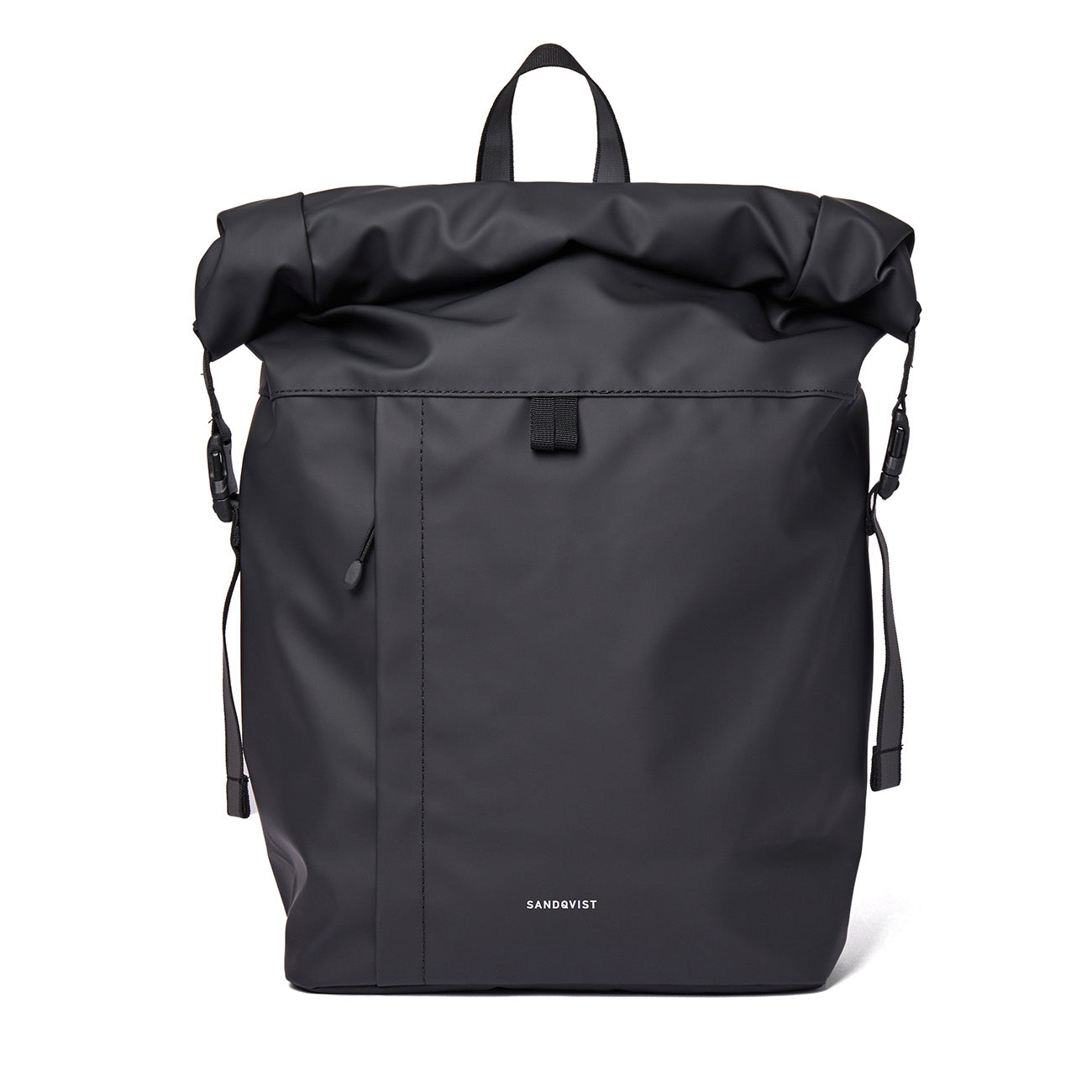
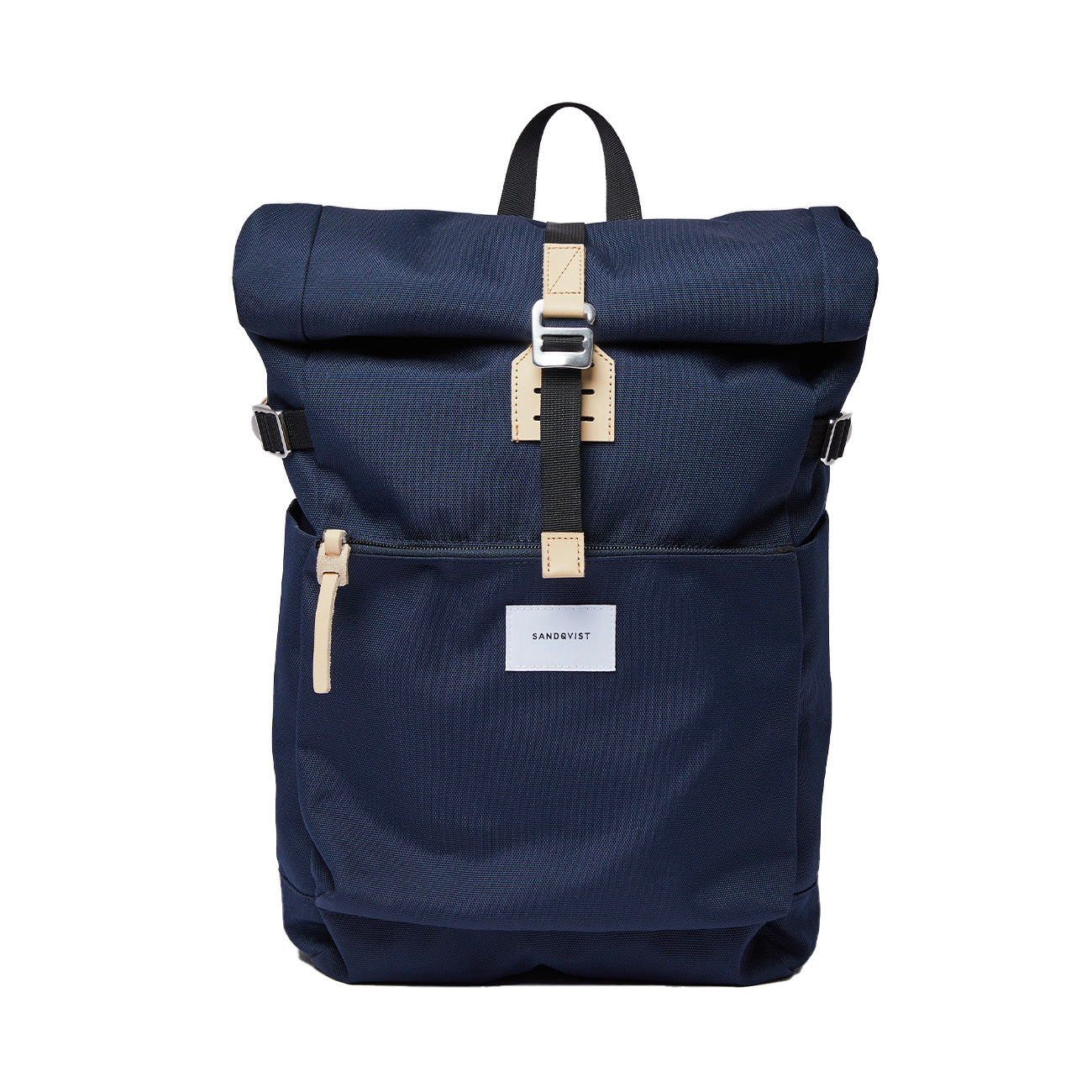

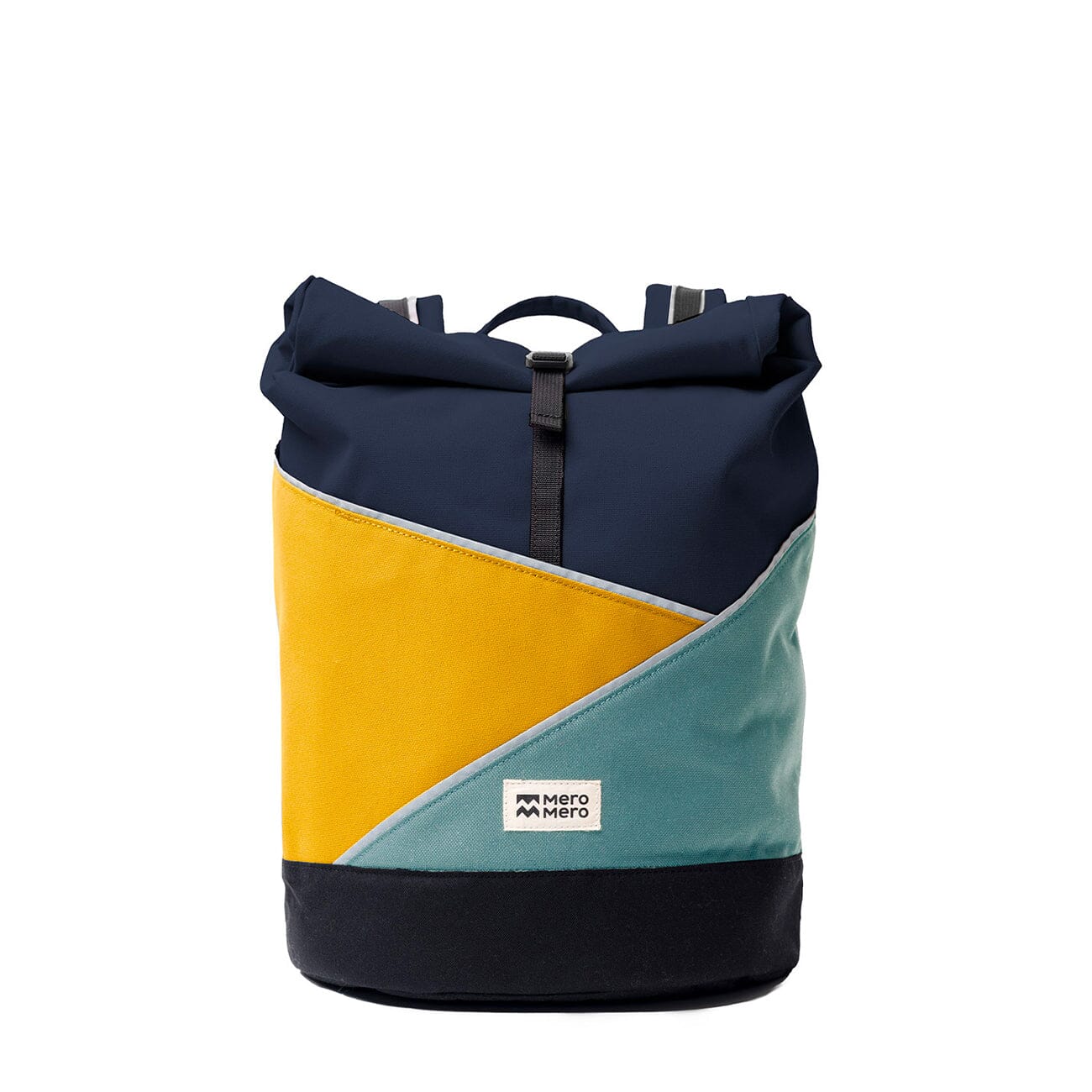


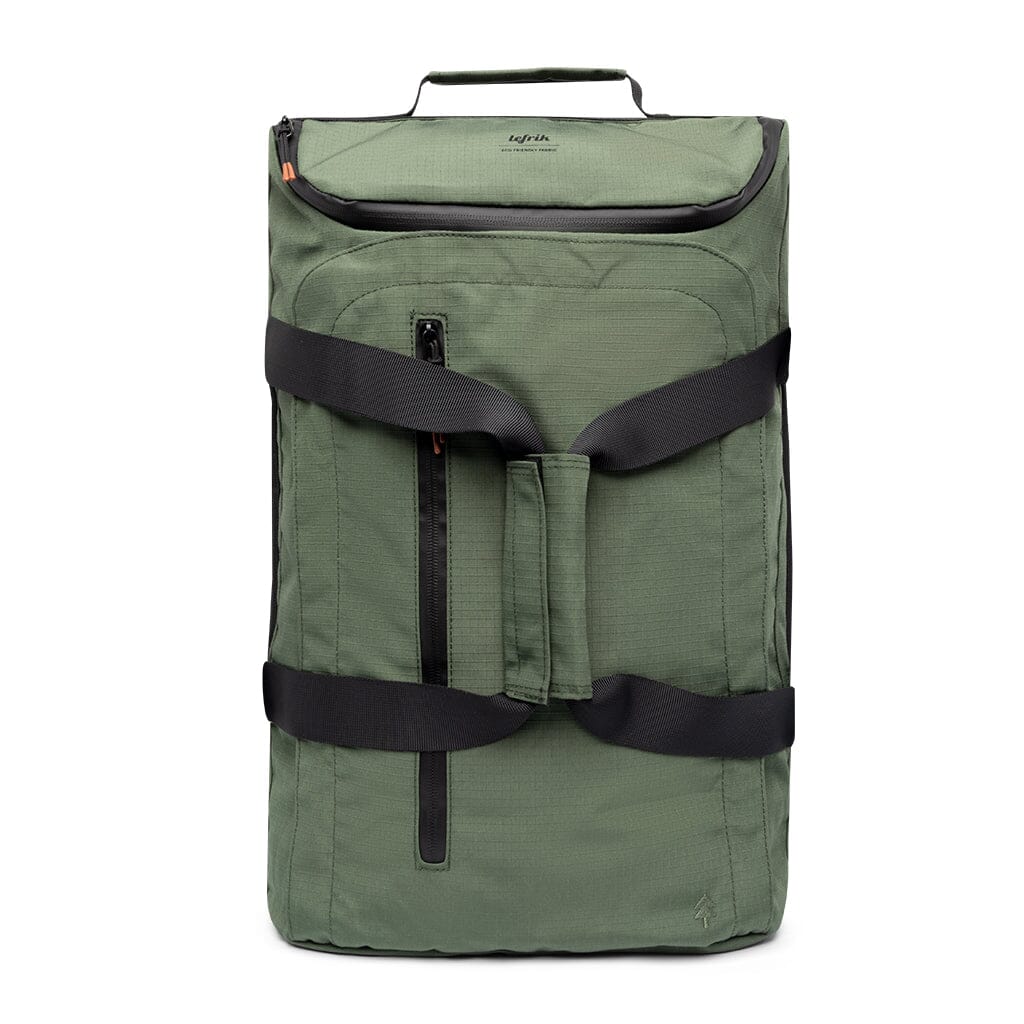
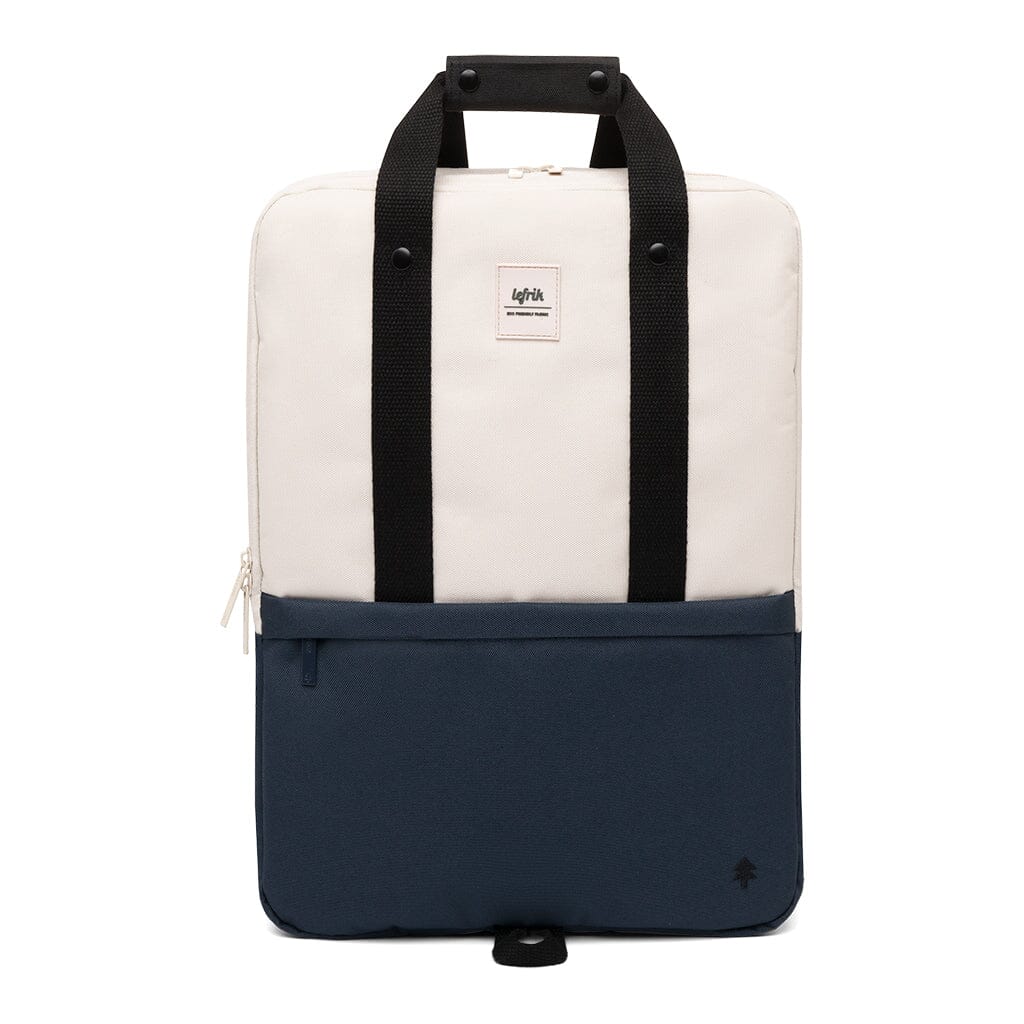
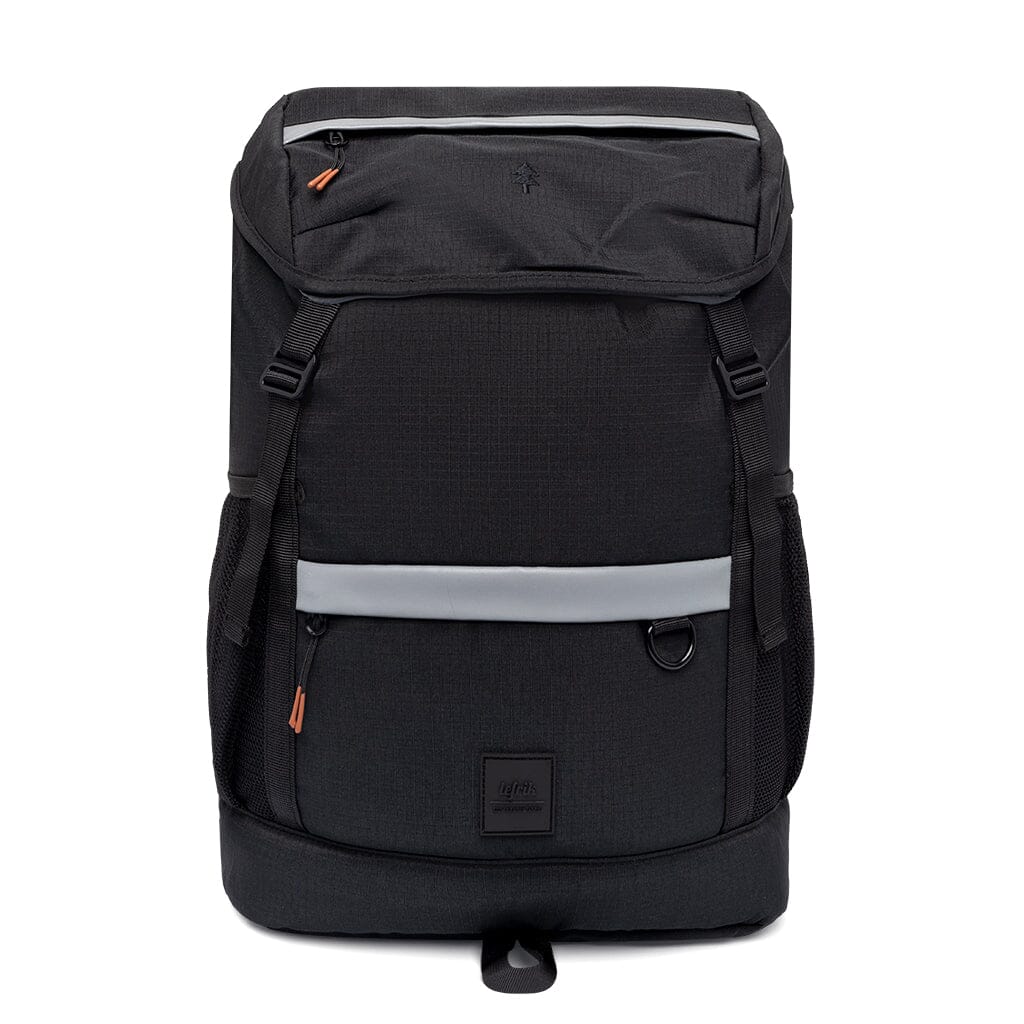
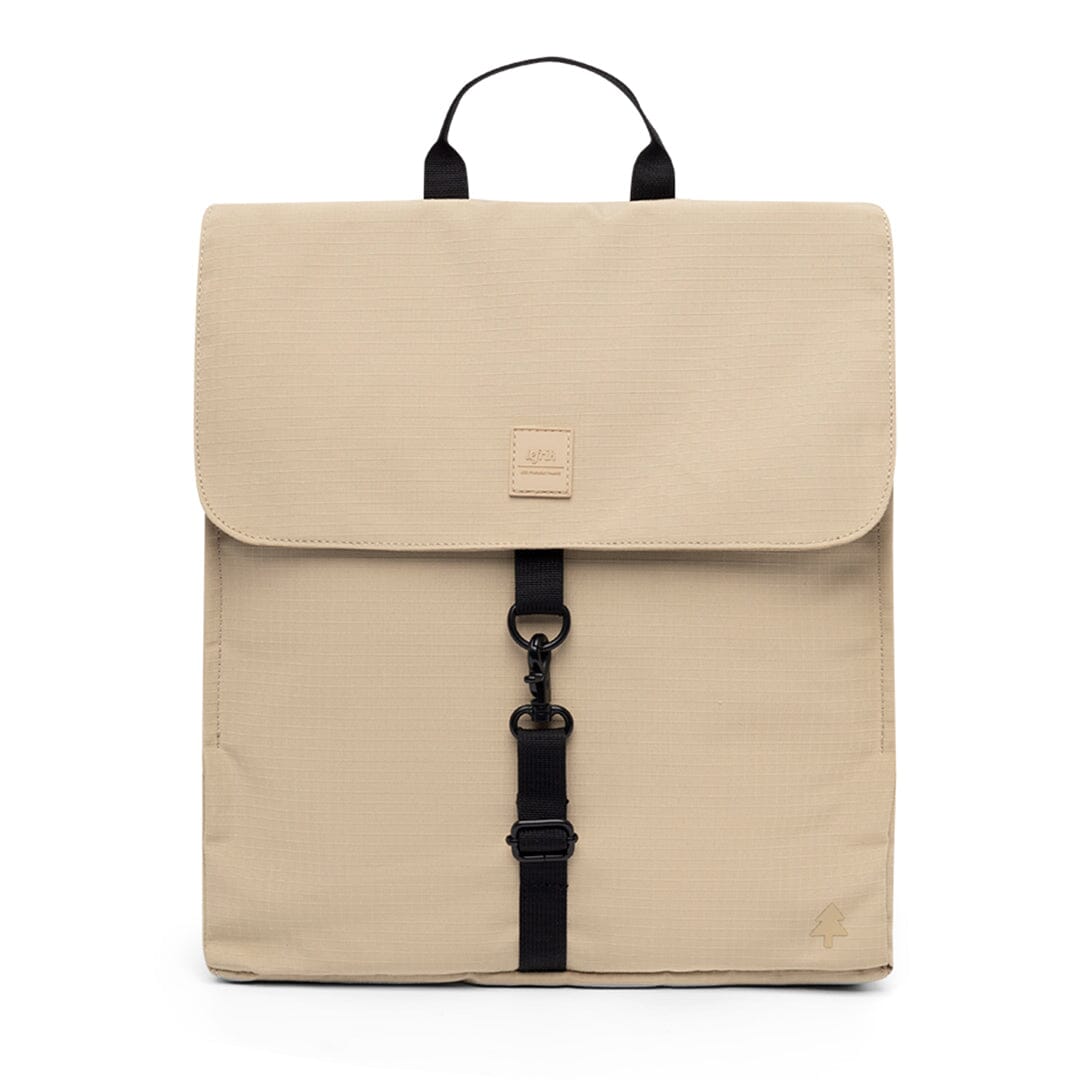
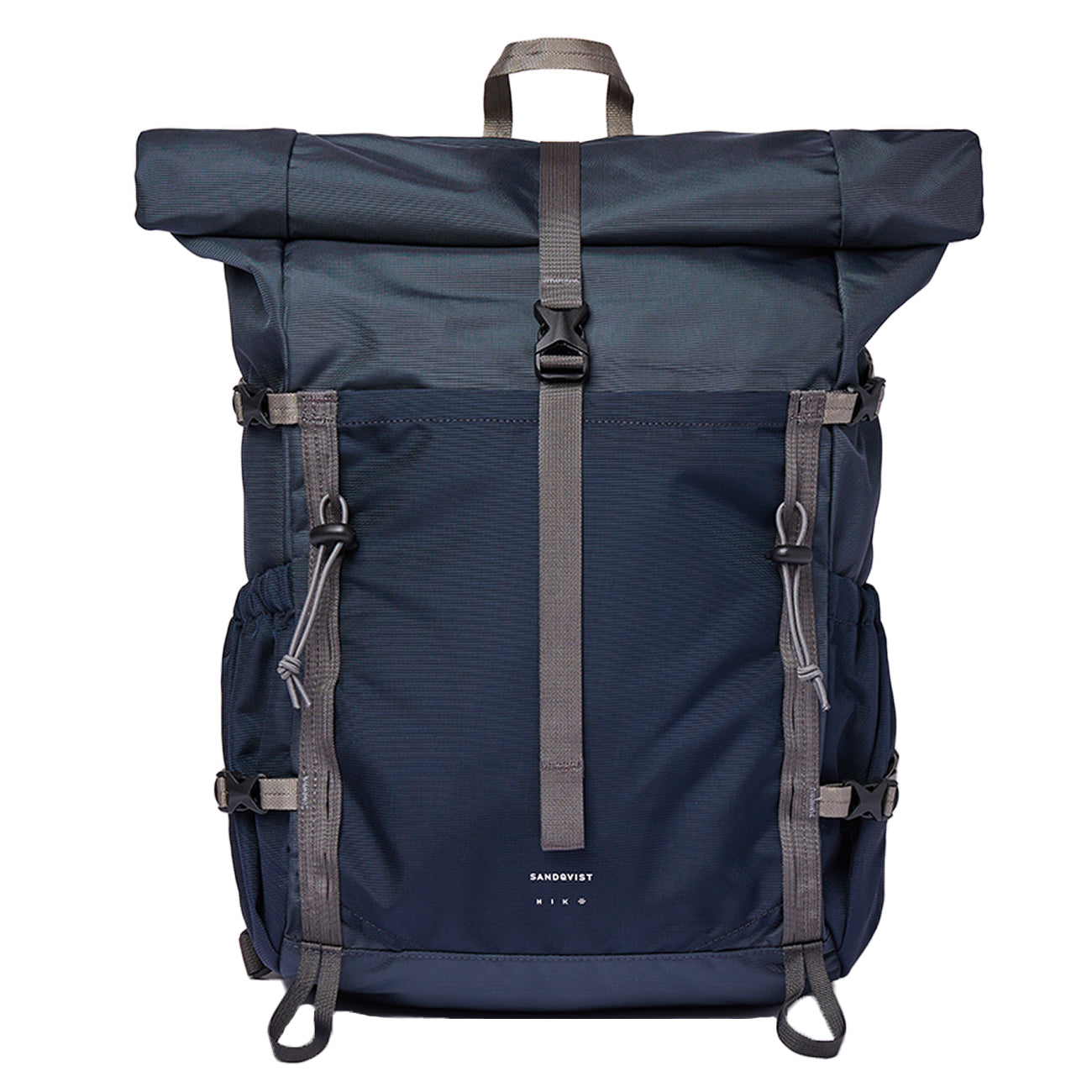

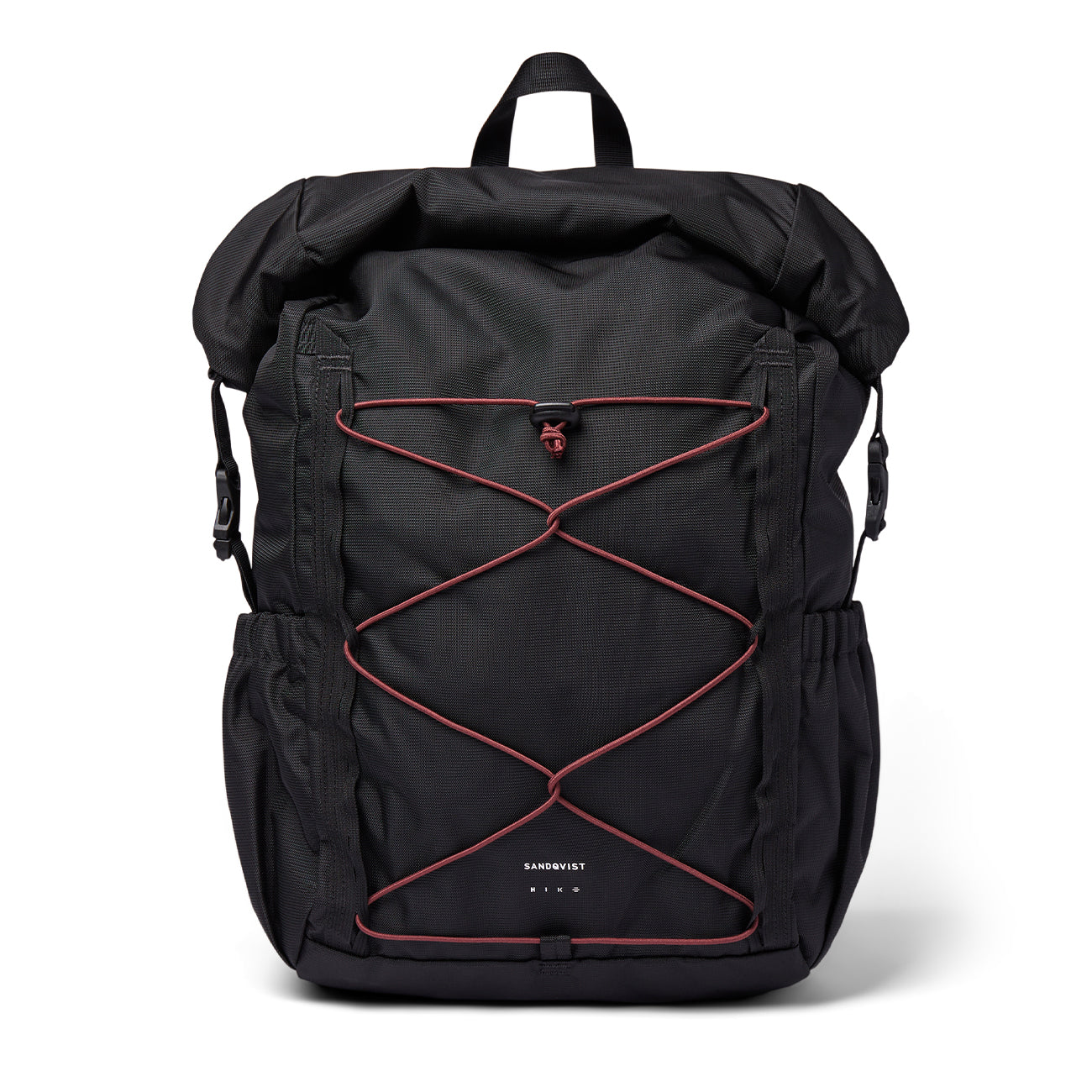
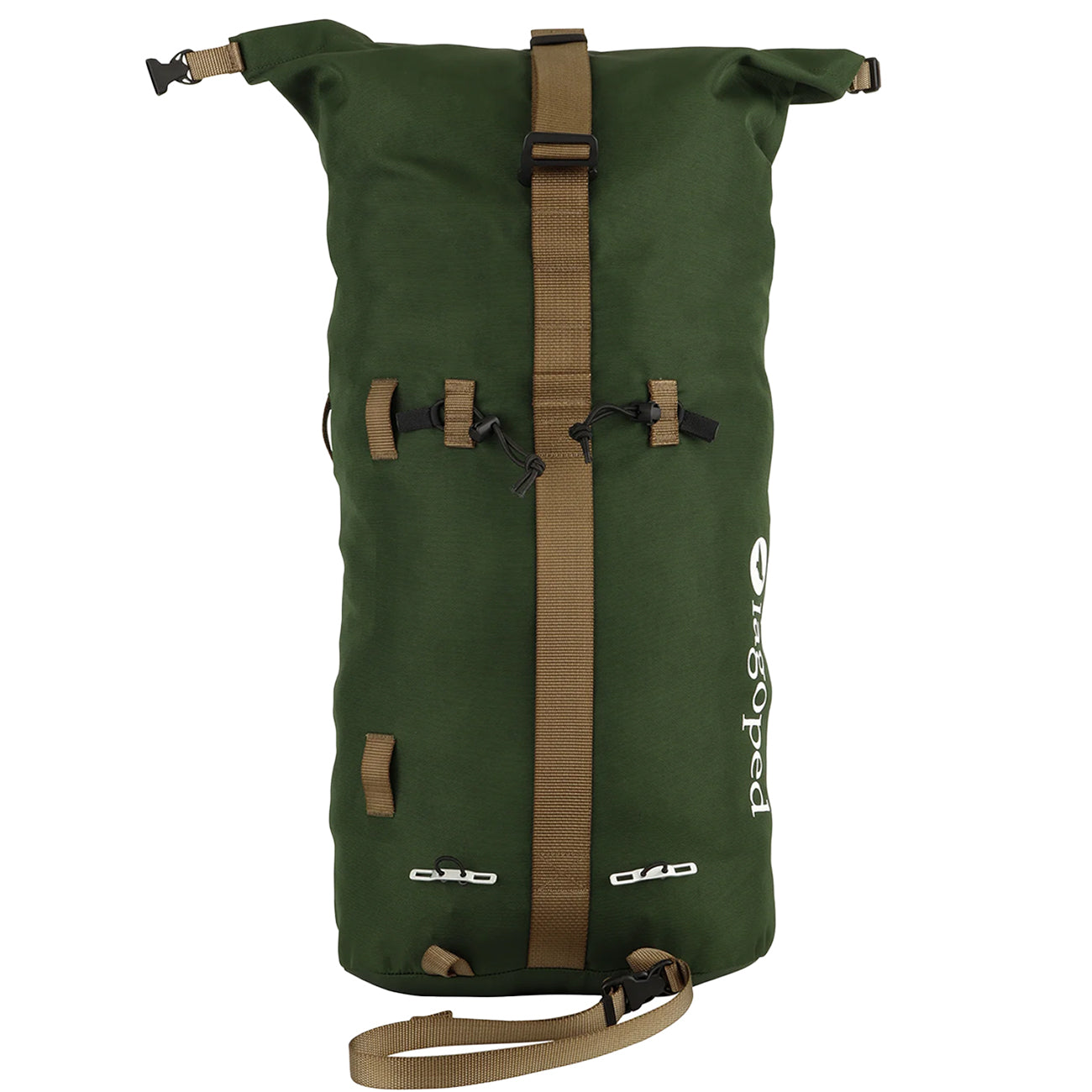













Leave a comment